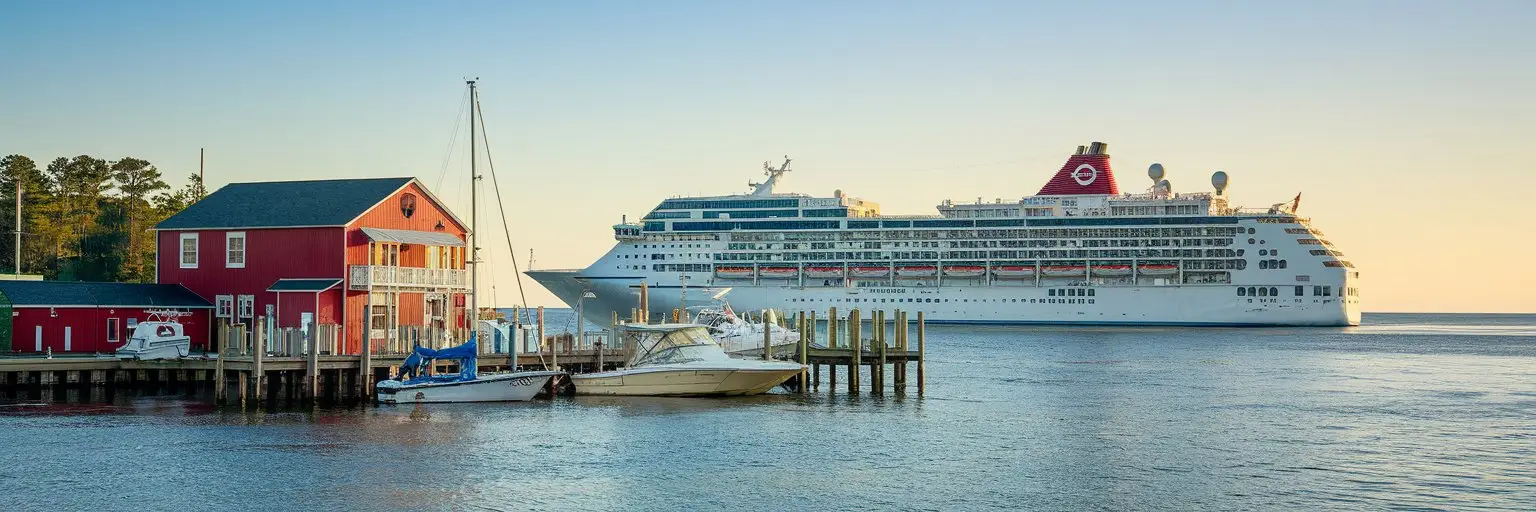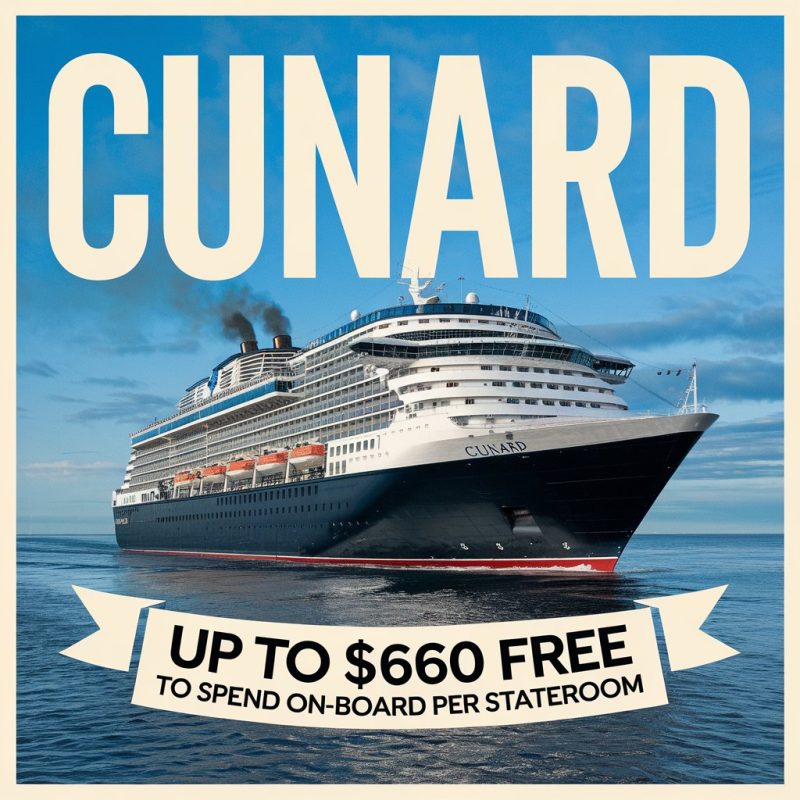South Georgia Island sits around 870 miles from the nearest mainland, making it one of the world’s most far-flung cruise spots.
Your ship will probably dock at Grytviken, where you’ll find a museum and basic amenities.
From late October to March, you can see huge gatherings of king penguins, seals, and albatrosses at popular landing spots like St. Andrews Bay and Salisbury Plain.
It’s best to pack for changeable sub-Antarctic weather and stick to strict environmental rules to keep the pristine ecosystem safe.
Whether you fancy wildlife watching or learning about the island’s past, there’s loads to see at this remarkable polar destination.
🐧 Polar Cruise Enquiry 🐻❄️
Our team of polar travel specialists have personally explored both the Arctic and Antarctic regions – from tracking polar bears in Svalbard to kayaking with penguins off the Antarctic Peninsula. Let us find the right polar expedition cruise for you.
Getting to South Georgia Island
South Georgia Island sits in the middle of nowhere in the Southern Ocean – it’s quite a trek to get there, but well worth it. You can start your trip from three main spots: Ushuaia in Argentina, Stanley in the Falkland Islands, or Puerto Williams in Chile. The sailing season runs from late October to March, when it’s summer down there.
It’s roughly a two-day journey from the Falklands, and you should be ready for some choppy waters and dodgy weather. The whole trip usually takes between 17-23 days, depending on your route and whether you’re heading to Antarctica as well. Remember, you’ll be sailing through properly cold Antarctic waters, weaving past icebergs, and travelling about 870 miles from the nearest bit of land.
Essential Port Information
Upon reaching Grytviken, the main port at South Georgia Island, you’ll find simple facilities including a museum and a small community where scientists and conservationists live. Your ship’s crew will sort out all the landing permits and fees as part of your trip package – no need to worry about arranging these yourself. The port keeps things quite basic, without many extras, but you can pop into the museum’s gift shop and use their loos during the approved landing times.
Port Facilities and Services
King Edward Point’s main harbour on South Georgia Island brings together fascinating history and raw natural beauty. The old whaling base at Grytviken has been turned into a museum and is home to a handful of scientists and wildlife protection staff. Though port facilities are basic, you can go on guided walks and boat tours around the island’s striking glaciers, mountains and fjords.
Internet is available on cruise ships, but it tends to be slow and dear. Being so far from civilisation means not many services are on hand, though round-the-clock emergency help comes through the cruise lines. As you wander about, you’ll see loads of wildlife – penguins, seals and albatrosses – and can visit historical spots like the old whaling stations and the graves of early explorers.
Landing Fees and Permits
Coming to South Georgia Island means sorting out quite a few bits and bobs with the fees and permits. You’ll pay £146.00 if you’re staying up to 3 days, then it’s another £26.00 for each extra day, though it won’t go above £250.00 total. Your ship’s crew will need to get a visit permit sorted, and if you’re on one of the bigger ships (more than 200 people), you can only stop at 6 landing spots – rather than the 48 spots that smaller boats can visit.
For customs, you’ll need to fork out £36.00 for your entry and exit papers, plus they charge £26.00 per hour during the day and £42.00 outside normal hours. If you fancy doing anything special like flying a drone or setting up camp, you’ll want to get your Regulated Activity Permit (RAP) sorted well before you go.
Wildlife Viewing Opportunities
The best time to see amazing wildlife is during breeding season from November to March – that’s when hundreds of thousands of King penguins, seals and all sorts of seabirds gather on South Georgia’s shores. If you want to see loads of penguins, head to the northeastern coast at St. Andrews Bay and Salisbury Plain, where the King penguin colonies stretch further than you can see. For anyone keen on marine mammals, Gold Harbour and Fortuna Bay are brilliant spots – you’ll find Southern elephant seals and Antarctic fur seals taking over the beaches, whilst migrating whales feed on the plentiful krill in the waters nearby.
Best Wildlife Viewing Seasons
Throughout the year, South Georgia Island shows different wildlife at various stages of their lives and natural behaviours.
In October and November, you’ll spot seabirds making their way back and elephant seals fighting for territory, plus the first tiny seal pups of the season. The island looks brilliant with fresh snow during these months.
December and January are buzzing with baby penguin chicks, packed beaches, and millions of breeding fur seals. The king penguin colonies are at their busiest, and you can watch wandering albatrosses laying their eggs.
February and March are brilliant for seeing young fur seal pups playing about, young penguins taking their first swims, and the best whale sightings of the year. You’ll find it easier to plan your sailing route in these later months when fewer ships are around.
Prime Penguin Colony Locations
South Georgia Island’s penguin colonies are among the world’s most remarkable wildlife gatherings. If you fancy seeing penguins up close, St Andrews Bay has the biggest king penguin colony with 150,000 pairs, whilst Salisbury Plain comes second with 60,000 breeding pairs. Cooper Bay is brilliant for variety – it’s the only place where all four of South Georgia’s penguin species breed together: kings, macaronis, gentoos, and chinstraps.
During breeding season, the area from Salisbury Plain to Elsehul Bay has more wildlife packed into each square foot than anywhere else on Earth. These spots are also brilliant for watching elephant seals, fur seals, and loads of seabirds sharing the beaches with the penguins – it’s quite a sight to see them all together.
Marine Mammal Hotspots
South Georgia Island stands among the world’s best spots for seeing marine mammals in their natural habitat. You’ll spot enormous elephant seal colonies at Binder Beach, where the big males fight for their harems in breeding season. Along the southern coast, fin whales gather in good numbers during summer, whilst between South Georgia and Antarctica, humpback whales make their way through from November onwards.
If you fancy seeing the whales up close, book a guided tour – they’re brilliant at following the proper wildlife guidelines. It’s brilliant to see how well the fur seal numbers have bounced back, and you might even glimpse the rare Antarctic blue whale – proof that conservation works. Pop over to Drygalski Fjord to try spotting Weddell seals, and keep your eyes peeled for leopard seals hunting near the shore in summer months.
Shore Landing Sites
Dotted along South Georgia’s wild coastline, you’ll come across landing spots teeming with wildlife, rich history and striking landscapes.
The biggest gatherings of King penguins are at St. Andrews Bay and Salisbury Plain – it’s quite something to see thousands of these magnificent birds going about their day. For a bit of history, pop over to Grytviken where you’ll find Shackleton’s grave and the South Georgia Museum, or wander through Stromness, where Shackleton finished his famous journey.
Gold Harbour is worth your time, with the mighty Bertrab Glacier and loads of penguins calling it home. While you can’t set foot on some spots like Drygalski Fjord and Larsen Harbour, you can still take in their dramatic views from a Zodiac boat. If you fancy visiting Prion Island, mind the dates – it’s off-limits during the main breeding season from 20 November to 7 January.
Seasonal Travel Considerations
When you fancy visiting South Georgia Island, timing really matters for what you’ll see. In early season (October-November), you’ll find millions of seabirds coming back home, elephant seals having a go at each other, and snow-covered landscapes. There tend to be fewer tourist boats about then, giving you more freedom to explore.
Mid-summer (December-January) is when penguin chicks pop up and the beaches are absolutely packed with seals. Mind yourself around breeding fur seals, but you’ll catch loads of wildlife at their busiest as temperatures reach the mid-40s Fahrenheit.
If you go late season (February-March), you’ll spot young penguins learning to fly and plenty of whales, including minke, humpback, and orcas swimming about. The weather’s a bit dodgy all year round, with those westerly winds bringing rain or snow whenever they fancy. Summer gives you roughly 16 hours of daylight and the least rain, about 3 inches per month.
Environmental Guidelines and Regulations
Looking after South Georgia’s environment is crucial, so there are strict rules everyone needs to follow. You’ll need to stick to proper waste handling steps and follow the Site Visitor Management Plans (SVMPs) that show you where you can and can’t go at each landing spot.
Keep your distance from the wildlife and follow all health safety rules, including getting checked for Avian Flu before going ashore. If any illness shows up, landing areas might shut down. The staff on your ship will help you follow all the environmental rules, and they’ll change plans if needed to keep the wildlife safe.
You’ll have to be careful about how you get rid of rubbish and avoid any pollution. After your trip, your cruise company must send in a Post-Visit Report Form within 30 days to show they followed all the environmental rules properly.
Frequently Asked Questions
What Medical Facilities Are Available on South Georgia Island?
There aren’t any permanent medical centres on South Georgia Island. You’ll need to depend on your ship’s medical supplies, as healthcare is restricted to basic emergency help at the research station.
Can I Send Postcards or Mail From South Georgia Island?
South Georgia Island has two spots to post your mail – the post office at King Edward Point and the shop at Grytviken. Any postcards or letters you send will go by boat to the UK first, so it’ll take about 3-6 weeks for them to reach their destination.
Is There Any Internet or Cell Phone Service Available?
Good news – cruise ships have satellite internet, and they’ll give you 1.5GB of free data each day. Your mobile will work through the ship’s networks, but it’s worth sorting out your roaming charges before you set off.
What Emergency Evacuation Procedures Are in Place for Cruise Passengers?
Standard ship safety plans will be followed, but keep in mind that if you’re sailing in remote areas, it could take 2-3 days for help to arrive. Ship staff will work with emergency teams and put their evacuation plans into action.
Are There Any Souvenir Shops or Local Purchasing Opportunities?
Don’t expect any posh shopping centres or gift shops on South Georgia Island! Shopping options are quite limited. Your only real chance for a keepsake might be through the research station workers, who sometimes have handmade bits and bobs to sell.
🐧 Polar Cruise Enquiry 🐻❄️
Our team of polar travel specialists have personally explored both the Arctic and Antarctic regions – from tracking polar bears in Svalbard to kayaking with penguins off the Antarctic Peninsula. Let us find the right polar expedition cruise for you.








